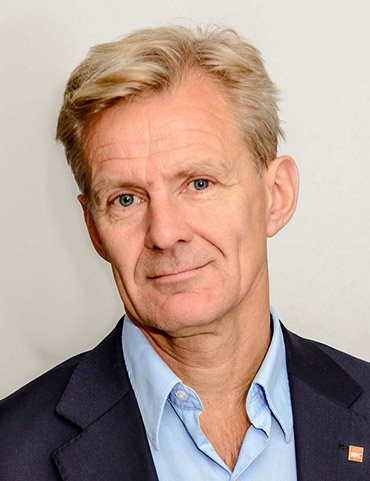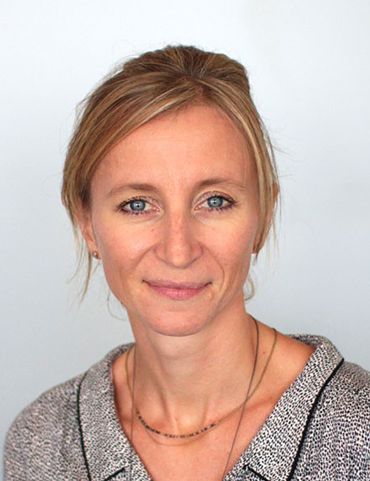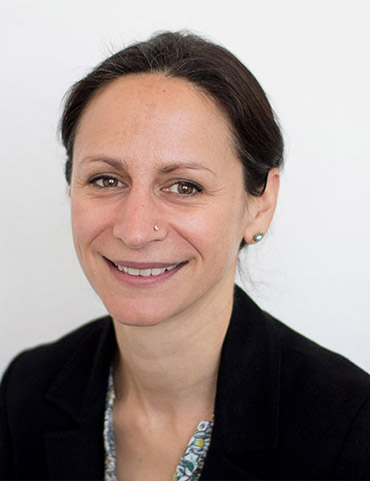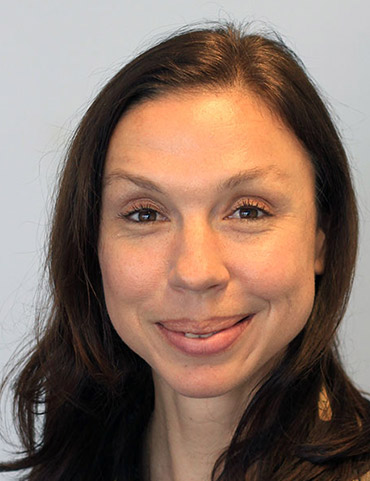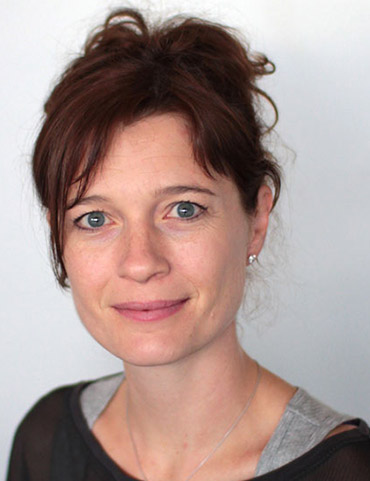Africa hardest hit by internal displacement in 2016, according to new report
In 2016, conflict and violence displaced more people in Sub-Saharan Africa than in the Middle East, according to a report released today by the Internal Displacement Monitoring Centre (IDMC) and the Norwegian Refugee Council (NRC).
Of the 6.9 million new internal displacements by conflict in 2016, 2.6 million took place in Sub-Saharan Africa, and 2.1 million in the Middle East and North Africa, according to the Global Report on Internal Displacement. The Democratic Republic of the Congo was the country worst affected, with a spike of 922,000 new displacements during the year. Next were Syria (824,000), Iraq (659,000), Afghanistan (653,000), Nigeria (501,000) and Yemen (478,000).
“Certain countries drop off the international agenda only to re-emerge a few years later with significant numbers of new displacements,” said Alexandra Bilak, Director of IDMC. “This was the case for the Democratic Republic of the Congo, which highlights how the failure to address the underlying causes of conflict and crisis results in cyclical patterns of displacement.”
Globally, conflict, violence and disasters caused 31.1 million new instances of internal displacement in 2016. Disasters displaced three times more people than conflicts. Most of the 24.2 million new disaster displacements recorded during the year were linked to weather hazards such as floods, storms, wildfires and severe winter conditions. Disaster displacement occurs mostly in low and lower-middle income countries, and is expected to increase in the future with the impacts of climate change and more extreme weather.
As of the end of 2016, a total of 40.3 million people were displaced within their own country as a result of conflict and violence, some of whom having been displaced for decades. NRC’s Secretary General Jan Egeland said: “In 2016, one person every second was forced to flee their home inside their own country. Internally displaced people now outnumber refugees by two to one. It is therefore urgent to put internal displacement back on the global agenda.”
In Ethiopia, Mozambique, Somalia and South Sudan, it is sometimes difficult to make a clear distinction between conflict and disasters as the main trigger for displacement, as the phenomenon there is so multi-causal. Droughts, poor access to basic services and infrastructure, lack of livelihoods, hunger and ongoing conflict converge in a toxic mix that leaves people no other option but to flee.
This year, IDMC’s Global Report examines the complex links between internal displacement and cross-border movement, highlighting, for example, the situation of many South Sudanese crossing in and out of the country in search of protection. The report also shows how unsafe returns could lead to more internal displacement in the future: in 2016, 67,000 Somali refugees returned from Kenya to a country still struggling with a food security crisis and the impacts of armed conflict.
Bilak said: “Despite internal displacement being the starting point of many onward journeys, it has been overshadowed by the current global focus on refugees and migrants. We need to acknowledge that, without the right kind of support and protection, a person internally displaced today may become a refugee, an asylum seeker or an international migrant tomorrow.”
Yet more aid was spent last year on refugee resettlement within donor countries than in the countries where displacement crises originate. The Global Report on Internal Displacement shows that displacement will continue unless funding and political attention is directed to the underlying drivers of poverty, state fragility and global environmental change.
The Global Report on Internal Displacement shows that displacement will continue unless we direct funding and political attention to the underlying drivers of poverty, state fragility and global environmental change.
“To the extent that the Global Report on Internal Displacement holds up a mirror, the reflection it projects is one of international indifference, lack of accountability and states’ failure to protect their own people,” said Bilak.
Two million internally displaced in Middle East and North Africa in 2016, says new report
Conflict and violence caused 2.1 million new internal displacements in the Middle East and North Africa in 2016, with the highest numbers in Syria (824,000), Iraq (659,000) and Yemen (478,000), according to a report released today by the Internal Displacement Monitoring Centre (IDMC) and the Norwegian Refugee Council (NRC).
NRC title name said: “The Global Report on Internal Displacement is a grim reminder of how severe the protection needs of millions of people across the Middle East have become. It highlights that some families in Syria have been uprooted as many as 25 times over the six years of armed conflict. Increasingly desperate for safety, many have been forced to make the perilous journey abroad.”
The report examines the complex links between internal displacement and cross-border movement, and highlights how unsafe returns could also lead to more internal displacement in the future.
IDMC Director Alexandra Bilak said: “Despite internal displacement being the starting point of many onward journeys, it has been overshadowed by the current global focus on refugees and migrants. We need to acknowledge that, without the right kind of support and protection, a person internally displaced today may become a refugee, an asylum seeker or an international migrant tomorrow.”
Yet more aid was spent last year on refugee resettlement within donor countries than in the countries where displacement crises originate.
Globally, conflict, violence and disasters caused 31.1 million new internal displacements in 2016. Most of the 24.2 million new disaster displacements recorded in 2016 were linked to weather hazards such as floods, storms, wildfires and severe winter conditions.
As of the end of 2016, a total of 40.3 million people were displaced within their own country as a result of conflict and violence, some of whom having been displaced for decades. NRC Secretary General Jan Egeland said: "Internally displaced people now outnumber refugees by two to one. It is therefore urgent to put internal displacement back on the global agenda.”
The Global Report on Internal Displacement shows that displacement will continue unless funding and political attention is directed to the underlying drivers of poverty, state fragility and global environmental change.
“To the extent that the Global Report on Internal Displacement holds up a mirror, the reflection it projects is one of international indifference, lack of accountability and states’ failure to protect their own people,” said Bilak.
Conflict and violence forced 400,000 from their homes in Latin America and the Caribbean in 2016, says new report
Conflict and criminal or gang violence forced 400,000 people in Latin America and the Caribbean to flee within their own country in 2016, according to a report released today by the Internal Displacement Monitoring Centre (IDMC) and the Norwegian Refugee Council (NRC).
Inside El Salvador alone, 220,000 were internally displaced by violence, forced disappearances and sexual violence in 2016, according to the Global Report on Internal Displacement. Colombia (171,000), Mexico (23,000), Honduras (16,000) and Guatemala (6,200) also saw significant numbers of people displaced by violence .
In all, 8.1 million people were living in displacement in Latin America and the Caribbean because of conflict and violence at the end of 2016, illustrating the often protracted nature of internal displacement.
Globally, conflict, violence and disasters caused 31.1 million new internal displacements in 2016. Disasters displaced three times more people than conflicts with 24.2 million compared to 6.9 million. Most of the new disaster displacements recorded in 2016 were linked to weather hazards such as floods, storms, wildfires and severe winter conditions.
Another 1.8 million people were displaced by disasters in the region, most of whom in Cuba, where Hurricane Mathew forced almost one in 10 inhabitants to leave their homes and shelter in safer locations. With many countries in the region already struggling to manage disaster risk, with climate change and intensifying extreme weather events, the scale of future displacement events can be expected to increase.
NRC JOB NAME said: “The mass evacuation of over one million people in six eastern provinces of Cuba ahead of Hurricane Matthew in October was the largest disaster evacuation anywhere during 2016. While such mass evacuations force people from their homes, they also show that disaster preparedness saves lives. In contrast, other small low-lying island states like Haiti suffered disproportionately from the disaster with displacement occurring as a result of weak governance capacity and high vulnerability to regular hazard events.”
NRC Secretary General Jan Egeland said: “In 2016, one person every second was forced to flee their home inside their own country. Internally displaced people now outnumber refugees by two to one. It is urgent to put internal displacement back on the global agenda.”
The report found a clear relationship between internal displacement and cross-border movement. For example, 70 per cent of female asylum seekers from El Salvador, Guatemala and Honduras were internally displaced before making the decision to flee abroad.
IDMC Director Alexandra Bilak said: “Despite internal displacement being the starting point of many onward journeys, it has been overshadowed by the current global focus on refugees and migrants. We need to acknowledge that, without the right kind of support and protection, a person internally displaced today may become a refugee, an asylum seeker or an international migrant tomorrow.” Yet more aid was spent last year on refugee resettlement within donor countries than in the countries where displacement crises originate.
The Global Report on Internal Displacement shows that displacement will continue unless we direct funding and political attention to the underlying drivers of poverty, state fragility and global environmental change.
“To the extent that the Global Report on Internal Displacement holds up a mirror, the reflection it projects is one of international indifference, lack of accountability and states’ failure to protect their own people,” said Bilak.


